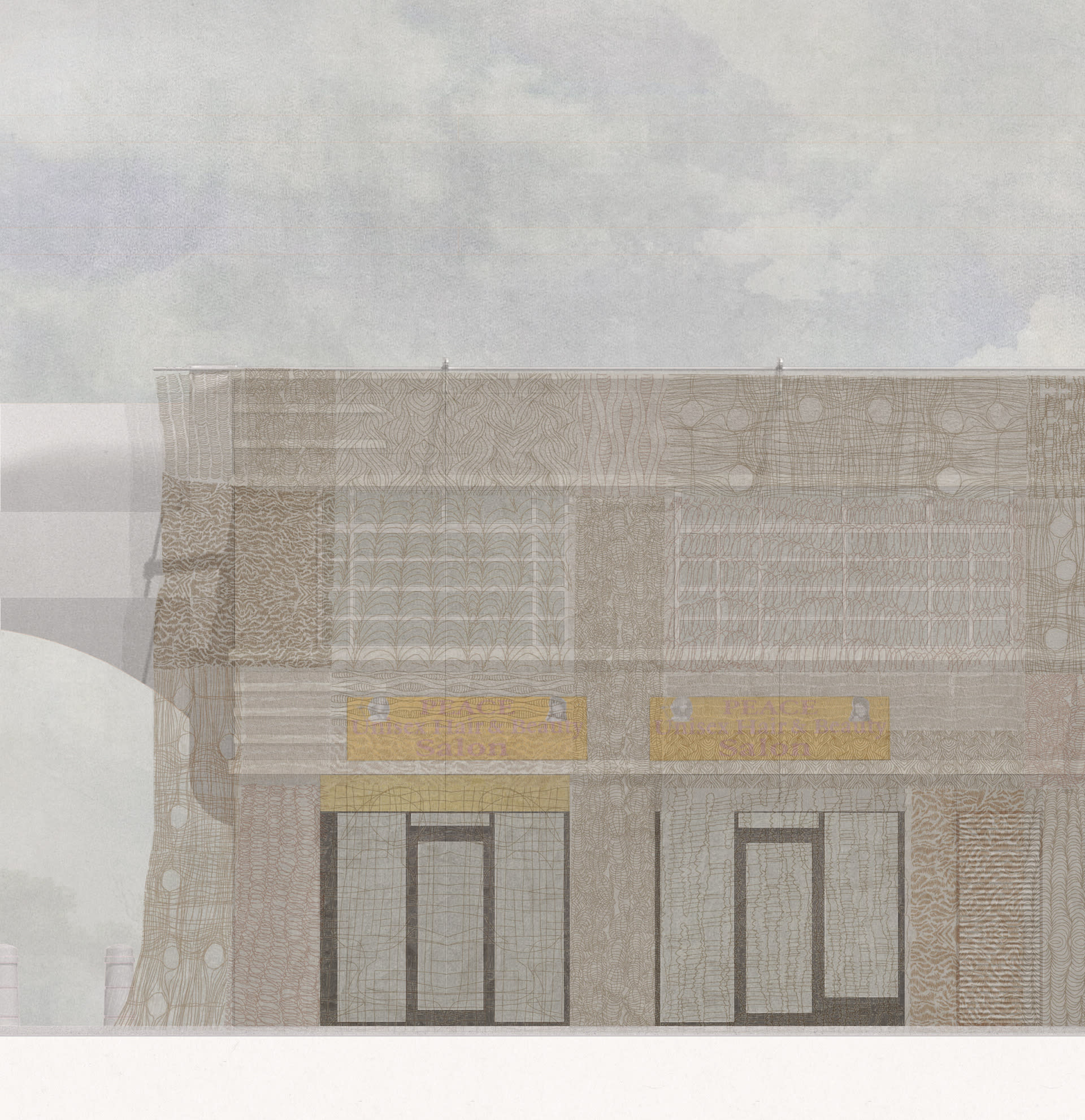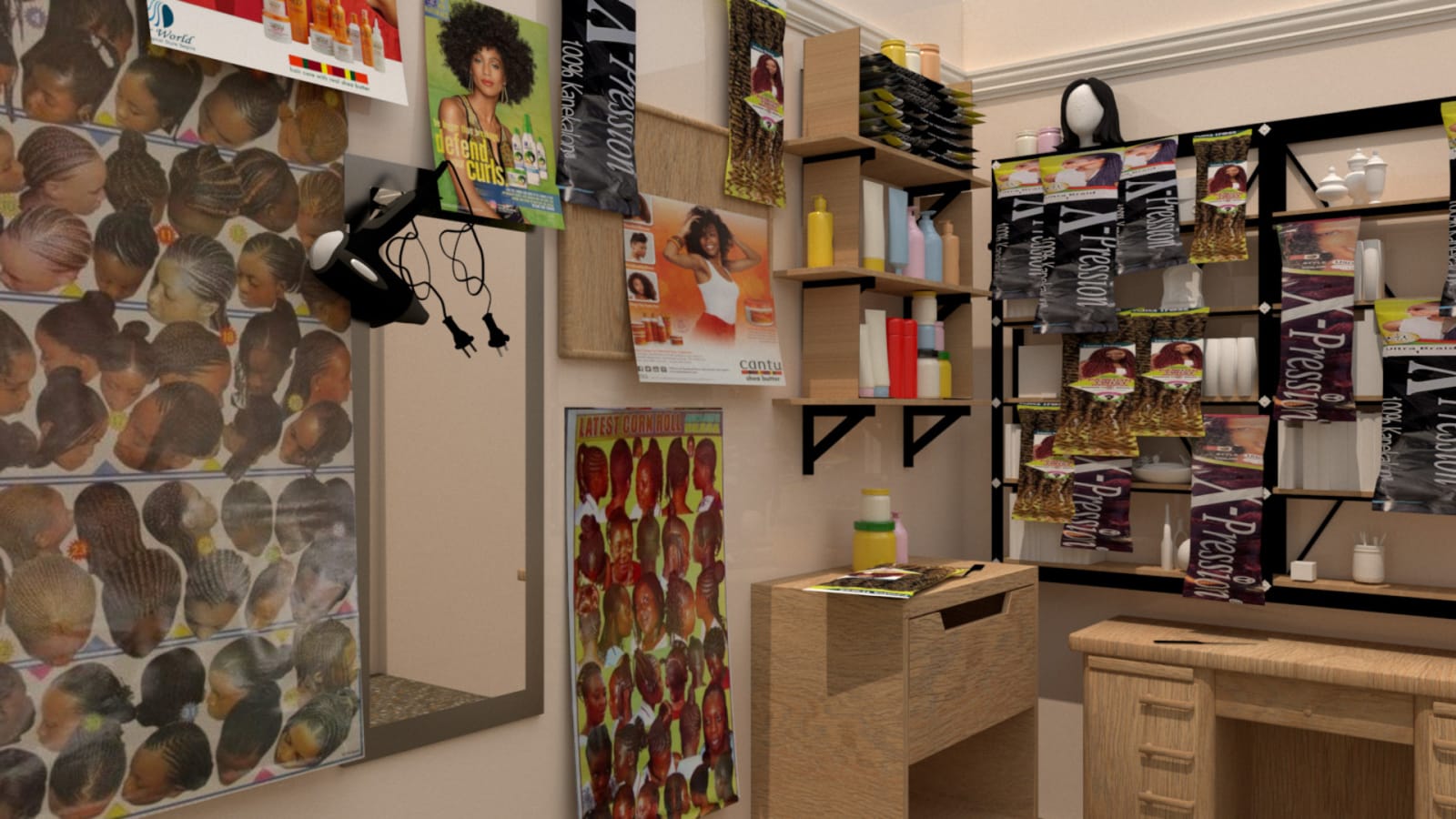Ranti is a multidisciplinary designer from London whose work explores the intersection of art and heritage. At the RCA, Ranti's research stems from an interest in identity and storytelling. With roots in Nigeria, she draws upon her own diasporic experience to interrogate existing cultural conventions within the discipline of design. To date, she has looked at her projects through a personal lens, with her work this year speculating on how afro hair practices can act as a tool to facilitate resistance and empowerment in our built environment.
Previously having studied at the University of Sheffield, Ranti has since acquired experience as an architectural assistant at HOK. Predominantly in the government and conservation sector, she has worked on several projects at numerous scales, including the Kew Gardens Family Restaurant. Additionally, Ranti has worked closely with the Black Females in Architecture network, where she was a committee member primarily working in the Graphics team.





















